Located about 30 minutes north of Berlin, in Germany, the Sachsenhausen Memorial Site today is one of the key historical sites in the country, that is linked to the Second World War.
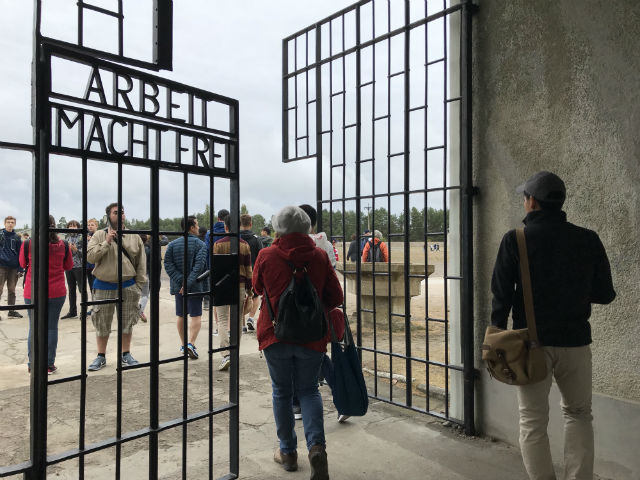
A concentration camp from 1936 to 1945
Formerly a concentration death camp in Nazi-led Germany, the site had originally been erected in 1936 and had imprisoned more than 200,000 people before the liberation of the site in 1945.
The first people sent to the camp were political opponents of the Nazi regime. Subsequently though, in the years that followed, the Nazis put away anyone whom they had believed to be racially or biologically inferior.
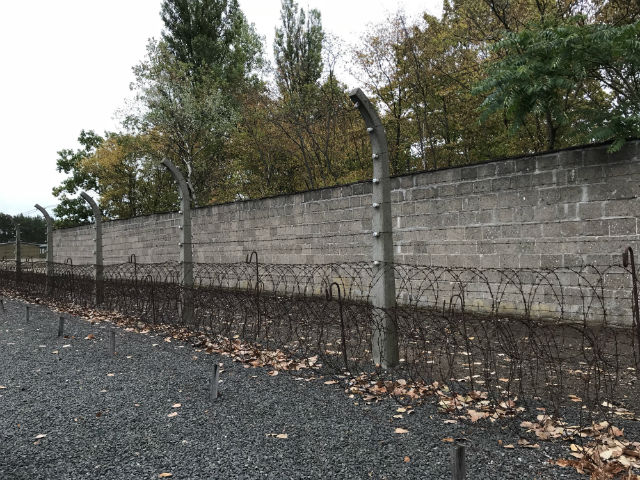
Though it was originally not set out to be an extermination camp like the more famous Auschwitz concentration camp in Poland, thousands of people at Sachsenhausen still died from starvation, illness and forced labour at the camp.
A museum and memorial site today
Today the camp serves as a museum and memorial site and through the exhibits, it shows how the various governments in Nazi Germany left their imprints on the camp.
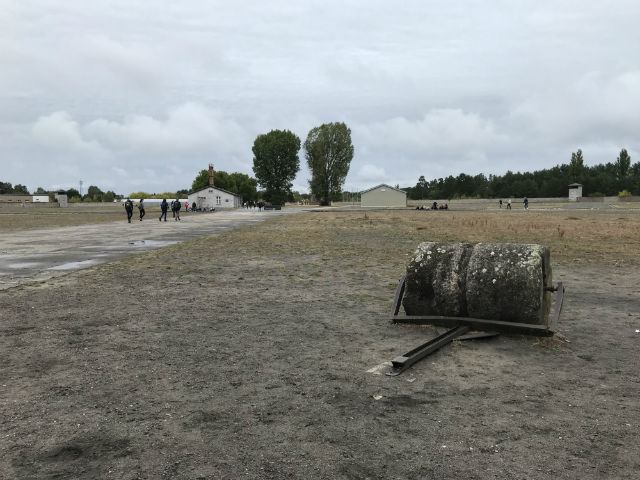
Visiting Sachsenhausen
During my time in Berlin, I visited the Sachsenhausen Memorial Site together with a group of my friends.
Visitors can choose to either head there on their own or book with a guided tour from Berlin. We decided to go for the tour option, which cost us €17,00 per person via Viator.
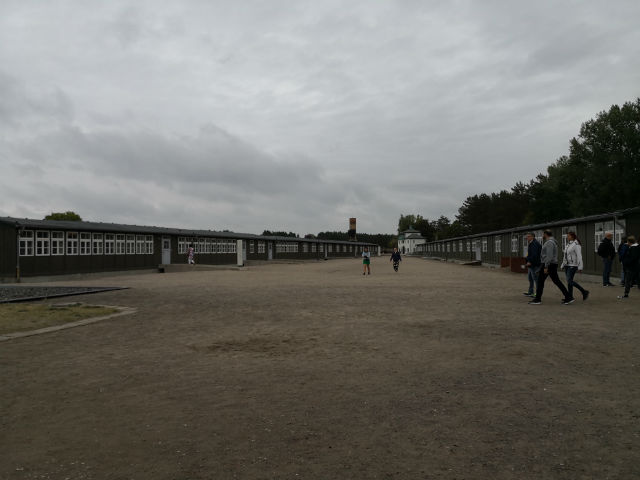
Apparently a professional guide is the best way to see Sachsenhausen because many of the buildings are no longer standing and the facilities are empty so if you head there on your own, it means that you will not get a complete picture of the full scale of the horrors that took place there during the war.
Getting to Sachsenhausen
We met our tour guide, Jamie, at the Hackescher Markt train station in Berlin and from there, it is a 45 minute train ride to Oranienburg, where the museum and memorial site is located.
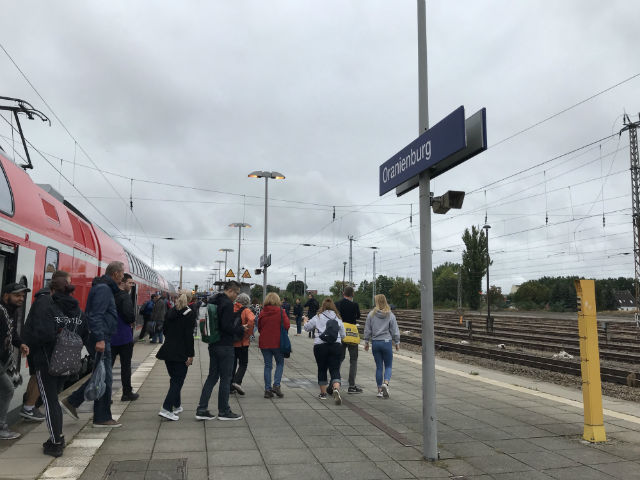
Before we left, Jamie stressed that we need a Berlin ABC Zone ticket, because Sachsenhausen is located on the fringes of Berlin. This is priced at €3.40 per trip.
Once we reached the Oranienburg station, it was a short walk of between one to two kilometres in order to reach the Sachsenhausen site.
Touring the Sachsenhausen grounds
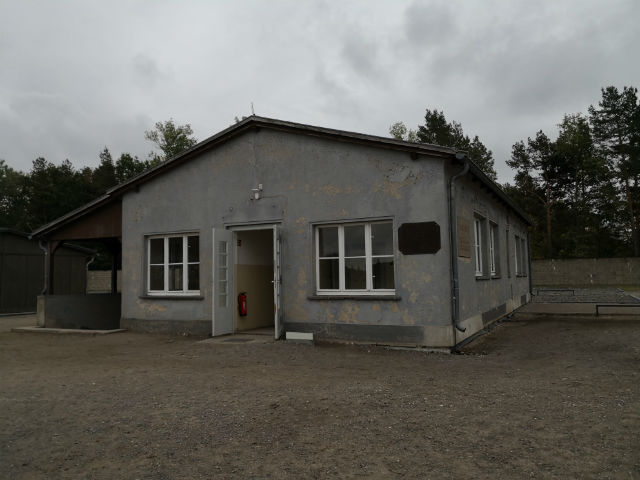
The tour is a six hour walking tour, so this means that those heading on this tour are advised to wear comfortable clothes and shoes.
The time on the tour had passed by quickly, as Jamie had a wealth of knowledge at his fingertips about the Second World War as well as the concentration camp system and provided plenty of detailed information about the Holocaust as he led us through the Sachsenhausen compounds.
He explained everything about the concentration camp to us, ranging from how the concentration camp system had started and how Adolf Hitler came into power, to the occupants and the guards who were at Sachsenhausen.
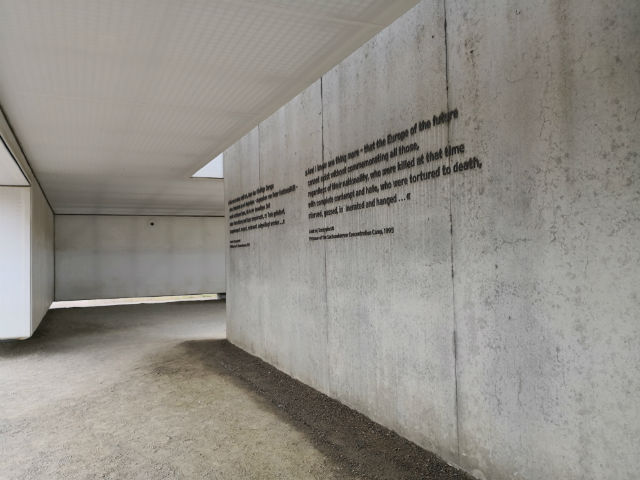
At the same time, he also shared interesting nuggets of information too, such as the mass production of counterfeit British pound notes at Sachsenhausen.
Apparently the idea behind that had been to produce a perfect copy of the British pound in large quantities and throw them down over Britain, with the aim of causing big inflation and destabilising the British economy in the process.
Though the subject matter had been dark and intense, I thought that Jamie did a really great job in explaining everything to us in an easy manner that could be understood by the average person.
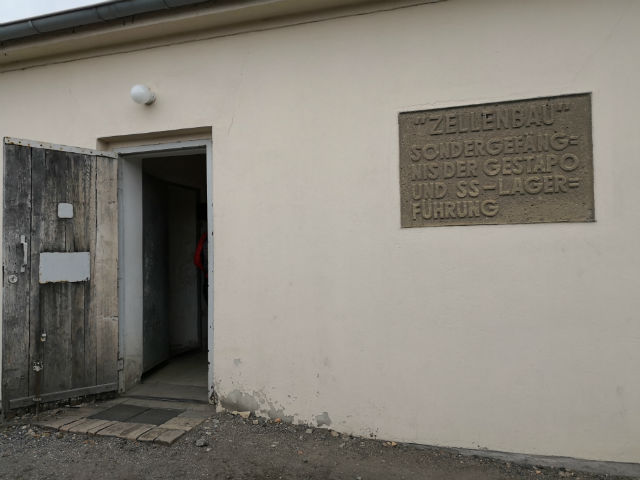
As well, he was also patient with everyone in the group, answering all of our questions about the topic in a detailed and objective manner and I would say that I had definitely learnt a great deal from the trip, so much more than from my history books during my days at school.
Notable areas of Sachsenhausen
During the tour, some of the more notable areas of the camp that Jamie had shown us, had included the following:
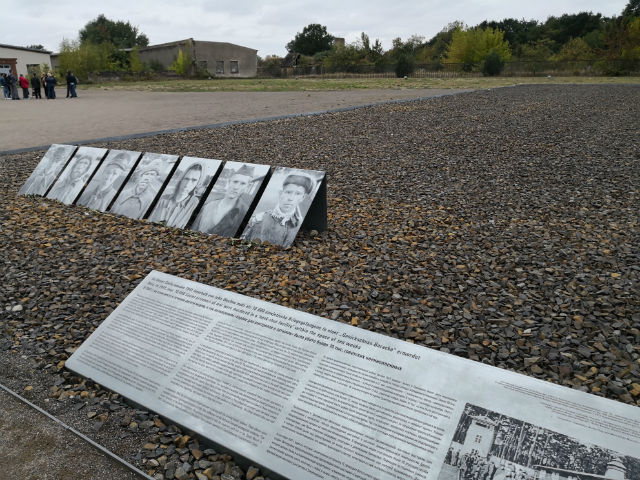
- Tower A – This was the main entrance to the prisoner’s camp and ironically, bears the slogan “Arbeit macht frei” which can be translated in English to “Work makes you free.”
- Roll Call Area – Here, the inmates had to suffer for many hours in the rain and snow, assembling several times each day.
- Barracks 38 and 39 – These are the barracks of the Jewish prisoners during the Second World War and contains reconstructions of the bunk beds, lavatories, and eating areas that the prisoners used between 1938 to 1942. There is also a museum here highlighting stories of selected prisoners too.
- Prisoners Kitchen – This building used to be a kitchen when the camp was in operation but when it came to this section of the tour, Jamie stressed that there was no food available here anymore. Instead, this place has been converted into a museum that houses a mine of information about key events in the camp’s history. There are also authentic murals and wall paintings on display here from during Sachsenhausen’s days as a concentration camp and I thought that some of the prisoners were definitely talented in painting.
- Infirmary Barracks – This area used to house the infirmary of the camp but today is a museum that focuses on medical experiments that took place during the camp during the 1930s and 1940s, including compulsory sterilisation and castration.
- Station Z – Jamie explained that this area of the camp was named as such because it is the last station that inmates see in their lifetime. It was a sombre place, where we saw the execution trench, the foundation of the gas chambers, the burial ground and the crematorium. One of the last places that we visited on the tour, it was quite chilling walking through this site, knowing how many people had been murdered here during the war.
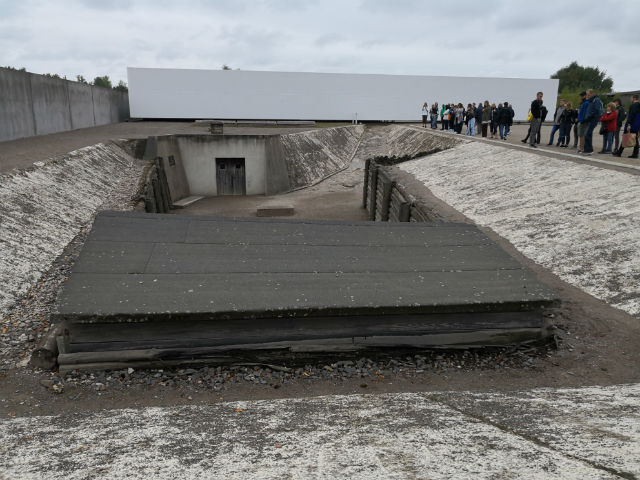
It was a cold September day and was slightly drizzling when we had visited Sachsenhausen, making it quite comfortable to walk around the grounds. But it did get a bit chilly midway during the tour though, even with my jacket on.
So do check the weather forecast before you make a trip there, and prepare appropriately for the weather, be it slapping on sunblock or bringing an umbrella or poncho with you.
Also, do note that there is no food and drinks available at Sachsenhausen so remember to pack something for lunch or some light snacks with you if you are embarking on this tour.
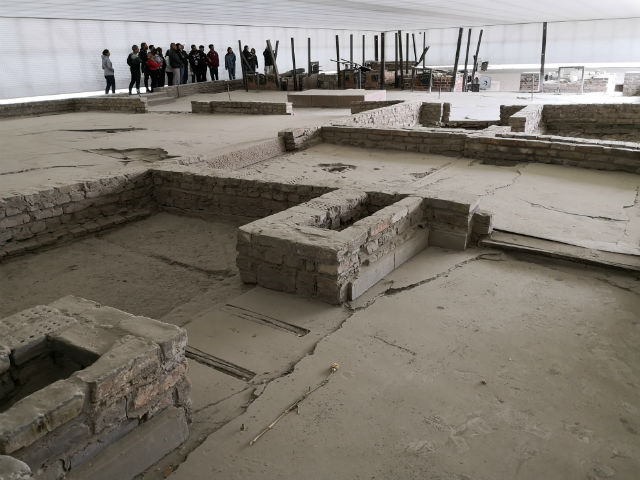
And unlike most tourist attractions, there is no gift shop at Sachsenhausen.
Our tour had ended around mid-afternoon, when we took a bus back to the Oranienburg station and from there, we boarded the train back to Berlin.
Sobering experience
Overall I would say that visiting Sachsenhausen was a sobering and pretty depressing experience but I definitely do not regret making the decision to go there.
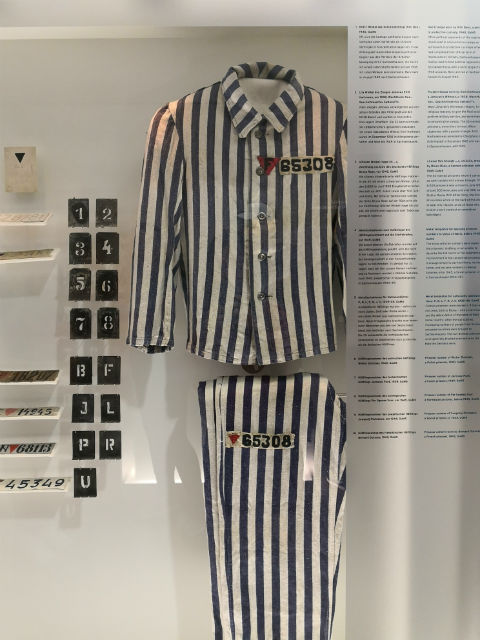
Because of its history, it is definitely not the most pleasant place to visit, but if you are in Berlin, I would say that Sachsenhausen is a must-visit due to the fact that it is important to not only remember this period in history, but also to learn from what happened during those times, so that future generations will never have to experience such horrors again.

Leave a Comment